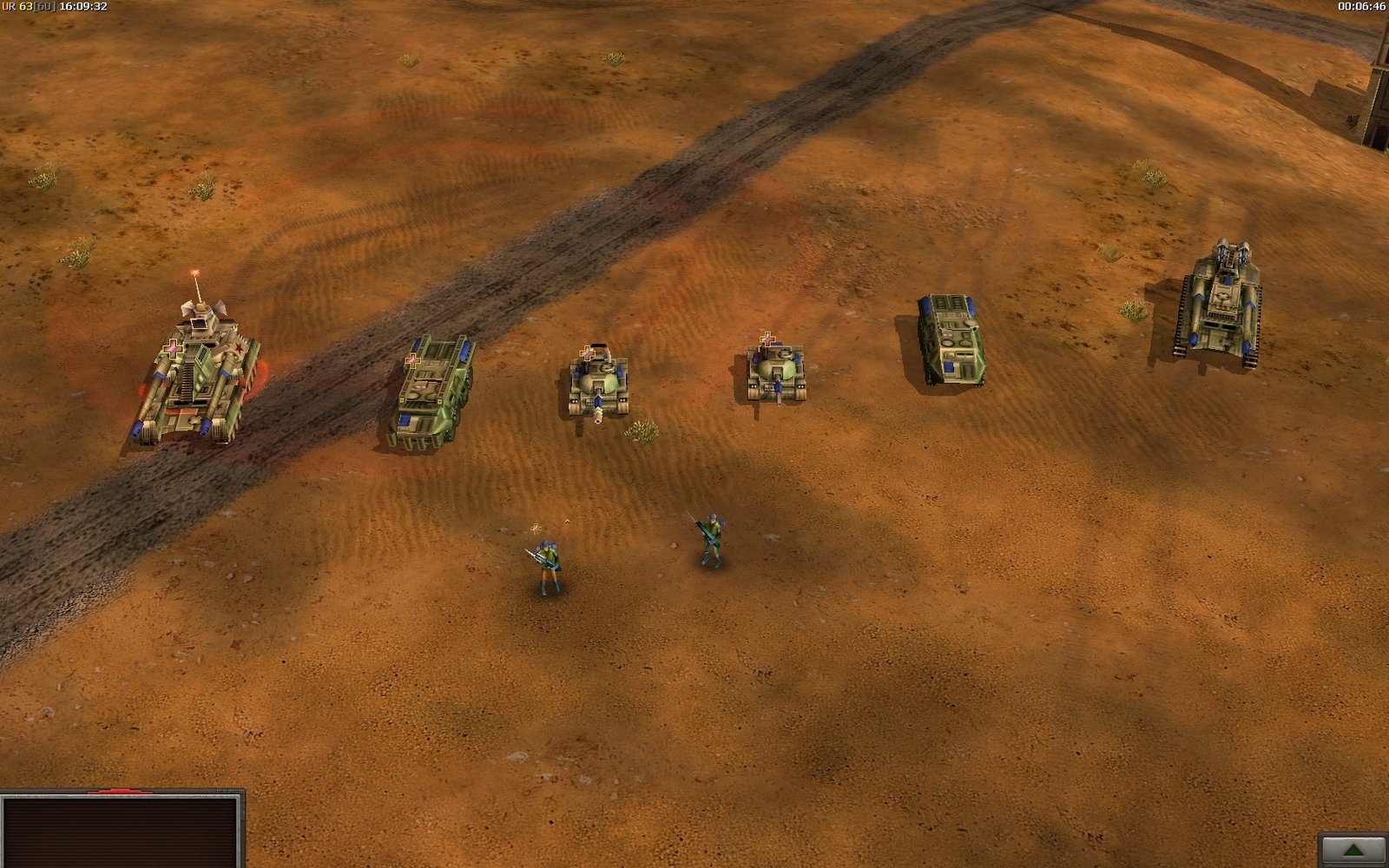Introduction to Helix Fragment
Helix Fragment is an innovative tactical role-playing game (RPG) that invites players into a richly crafted universe where each decision carries significant weight. The game is set against a backdrop of strategic gameplay fused with an intricate narrative, ensuring that every choice influences the journey and outcomes for the characters involved. Unlike conventional RPGs that allow for linear progression, Helix Fragment encourages players to engage thoughtfully with its diverse scenarios, compelling them to consider the ramifications of their actions.
The essence of tactical RPGs lies in their focus on strategy and decision-making, rather than solely relying on chance or random outcomes. In Helix Fragment, this is exemplified through diverse combat mechanics that require players to deploy characters in a manner that capitalizes on their unique abilities and strengths. The tactical elements promote forethought, challenging players to devise plans that will not only aid them in defeating opponents but also enhance their characters’ development. This level of strategic depth positions Helix Fragment as a notable contender in the tactical RPG genre.
One of the most distinguishing features of Helix Fragment is its commitment to a dynamic narrative shaped by player choices. Throughout the game, every action taken can lead to multiple branching paths, ensuring that no two playthroughs are alike. This engagement with narrative fluidity elevates the experience, allowing players to forge their own paths and witness the consequences unfold in real-time. As a result, Helix Fragment stands out in a crowded market, appealing to both seasoned tactical RPG enthusiasts and newcomers drawn to its rich storytelling and strategic complexity.
The Mechanics of Decision-Making
In Helix Fragment, the mechanics of decision-making are central to both gameplay and narrative development. Each choice made by the player influences not only the progression of the character but also the overarching storyline, ultimately shaping the player’s unique experience. This intricate web of decisions serves to engage players on a deeper level, prompting them to consider the implications of their actions carefully.
Throughout the game, players are faced with critical decisions that can alter character relationships, affect resource management, and determine the fate of various factions within the game world. For instance, a player may choose to ally with a specific group, leading to favorable outcomes such as gaining valuable resources or unlocking unique quests. Conversely, this decision could alienate other factions, resulting in hostile encounters or potential loss of allies in future scenarios. Such strategic choices highlight the tactical aspect of Helix Fragment, as players must weigh the risks and rewards associated with their decisions.
Another significant feature of the decision-making mechanics is the use of morality systems. Players can navigate through morally gray situations, where choices may not clearly align with traditional notions of good or evil. This dynamic often forces players to confront their own values and judgment calls, creating a more immersive experience. For example, deciding whether to spare a defeated enemy or deal the final blow can lead to profound narrative changes, impacting not only the immediate storyline but also the character’s development and reputation within the game.
Overall, the mechanics of decision-making in Helix Fragment establish a compelling framework that emphasizes the weight of each choice. By understanding these mechanics, players can strategically navigate the game’s complexities, ultimately crafting a personalized journey shaped by their decisions.
Character Development and Customization
The character development in Helix Fragment is a multifaceted system that allows players to intricately tailor their characters to suit their individual playstyles and strategic preferences. Central to this customization is the ability to choose from a variety of classes, each offering unique skills and abilities that shape gameplay. Whether a player opts for a stealthy rogue, a powerful mage, or a sturdy warrior, the choices made during character creation set the groundwork for the entire gaming experience.
In addition to class selection, Helix Fragment offers a rich array of customization options such as visual aesthetics, skill trees, and equipment personalization. Players can select different appearances and traits that not only enhance individuality but also impact how characters interact within the game’s narrative. The visual elements serve to create a connection with the character, making every decision about their appearance essential in forging a meaningful gaming experience.
The interplay between character customization and the grand narrative of Helix Fragment is particularly noteworthy. Each decision made by the player does not exist in a vacuum but manifests in the world around them. For instance, a well-designed character may have access to different dialogue options or unique missions based on their build. This requires players to consider both their strategic objectives and narrative implications during character development. Thoughtfulness in character builds is crucial, as the way a character is constructed can lead to vastly different outcomes in gameplay, influencing alliances and determining the tide of conflict.
The significance of character development transcends mere aesthetics or surface choices; it is a crucial element that weaves together gameplay mechanics with storytelling, making the experience of Helix Fragment both engaging and immersive. Players are encouraged to experiment with their choices, ensuring that each playthrough feels unique and reflects their decisions, making the impact of character customization profound and lasting.
The Impact of Decisions on Gameplay and Narrative
In Helix Fragment, players are not just passive participants; they are influential agents whose decisions actively shape both the gameplay mechanics and the overarching narrative. Each choice within the game carries significant weight, leading to a branching storyline that offers multiple pathways and endings. This design method engages players, compelling them to think critically about their actions and the possible repercussions that follow.
The moral dilemmas presented throughout Helix Fragment challenge players to evaluate their values and the ethical implications of their decisions. For instance, choosing between saving a character or sacrificing them for a potentially greater good not only affects immediate gameplay outcomes, such as combat support or available resources, but also influences relationships and the story’s trajectory. Such encounters create an emotional resonance with the players, as they invest themselves into the narrative and care about the characters’ fates.
Replayability is a significant facet of Helix Fragment, largely attributed to the dynamic nature of its decision-making framework. Players can explore various outcomes by making alternative choices, thereby experiencing different story arcs. This aspect encourages players to engage with the game repeatedly, as each playthrough can unveil new events, character developments, and consequences that were previously unexplored. Consequently, the game’s structure fosters a desire among players to delve deeper into its world, fully understanding the complex interplay between their decisions and the game environment.
Furthermore, the emotional reactions elicited by the players as a result of their decisions underscore the game’s capacity to forge a connection between the player and the game narrative. Realizing that their choices have substantial impacts cultivates a sense of agency, making each player’s experience unique. In this way, Helix Fragment stands out as a tactical RPG that emphasizes the importance of strategic decision-making and its ripple effects throughout the story.


No responses yet